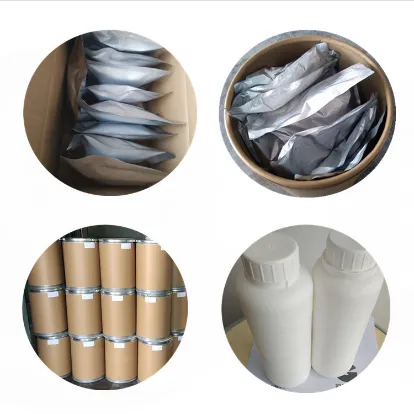
- +86-13363869198
- weimiaohb@126.com

Nov . 09, 2024 19:00 Back to list
Exploring the Molecular Structure of Curcumin and Its Implications for Health and Wellness
Curcumin, the vibrant yellow compound found in turmeric, has attracted significant attention in recent years, primarily due to its unique molecular structure and potential health benefits. Its chemical name is diferuloylmethane, and it belongs to a class of compounds known as curcuminoids. Understanding the molecular structure of curcumin is essential to appreciate its various biological activities and therapeutic potential.
At the molecular level, curcumin comprises two aromatic rings connected by a methylene bridge with a keto group. The structure can be represented by the chemical formula C21H20O6, highlighting its complex arrangement of carbon, hydrogen, and oxygen atoms. Curcumin's molecular framework consists of a highly conjugated system that allows for extensive electron delocalization, making it a potent antioxidant. This conjugated structure, with alternating double and single bonds, is key to the compound's ability to scavenge free radicals, which are unstable molecules that can cause cellular damage.
.
Scientifically, curcumin has garnered interest for its wide array of pharmacological properties. Research has demonstrated its anti-inflammatory, antimicrobial, and anticancer effects. The ability of curcumin to modulate key signaling pathways, such as NF-κB and MAPK, underscores its role in managing inflammation and oxidative stress. The molecular interactions initiated by curcumin's structure allow it to inhibit the proliferation of cancer cells, induce apoptosis, and enhance the efficacy of conventional cancer therapies.
curcumin molecular structure

Despite its promising therapeutic potential, curcumin faces challenges in clinical application due to its poor bioavailability and rapid metabolism. The molecular structure of curcumin can affect how the body absorbs and utilizes the compound. Consequently, various delivery systems, such as nanoparticles, liposomes, and co-administration with other substances like piperine (a compound in black pepper), have been explored to improve its bioavailability.
Ongoing research aims to elucidate the exact mechanisms by which curcumin exerts its biological effects, particularly concerning its interaction with cellular receptors and enzymes. Advanced techniques in molecular imaging and structural biology may shed light on curcumin's behavior at the molecular level, paving the way for innovative therapeutic strategies.
In summary, curcumin’s molecular structure is a fascinating paradigm of how a simple compound can exert significant biological effects. With its unique arrangement of atoms and functional groups, curcumin continues to be a focal point for scientific inquiry, offering insights into its potential as a therapeutic agent. As research progresses, there is hope that the challenges associated with its bioavailability can be overcome, allowing curcumin to be utilized effectively in clinical settings, ultimately benefiting human health. The exploration of curcumin not only underscores the importance of molecular structure in biological activity but also exemplifies the potential of natural compounds in modern medicine.
-
Top CAS: 79099-07-3 Factories & Wholesale Supplier from China
NewsJul.30,2025
-
High-Quality GS-441524 for White Liquid Type Factories & Suppliers
NewsJul.29,2025
-
High-Quality Pharmaceutical Intermediates for Sale – Reliable Supply
NewsJul.29,2025
-
High-Quality Pharmaceutical Intermediates for Sale - Reliable Solutions
NewsJul.29,2025
-
High-Quality Pharmaceutical Intermediates Supplier for Global Market
NewsJul.28,2025
-
GS-441524 for White Liquid Type Factories – High Purity & Reliable Supply
NewsJul.28,2025